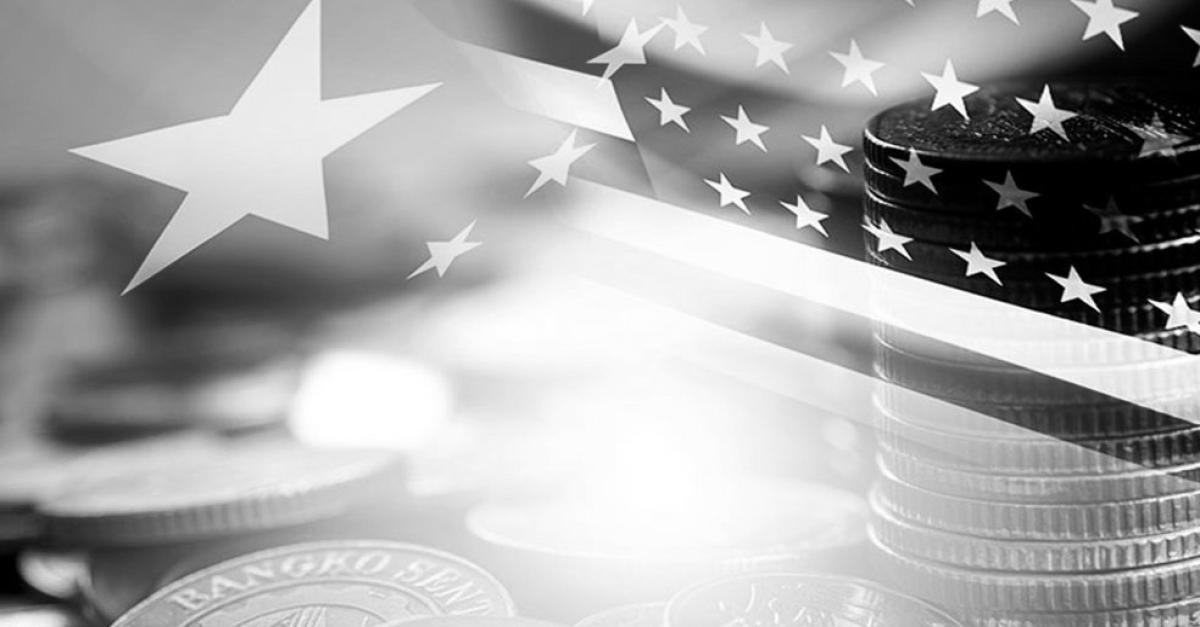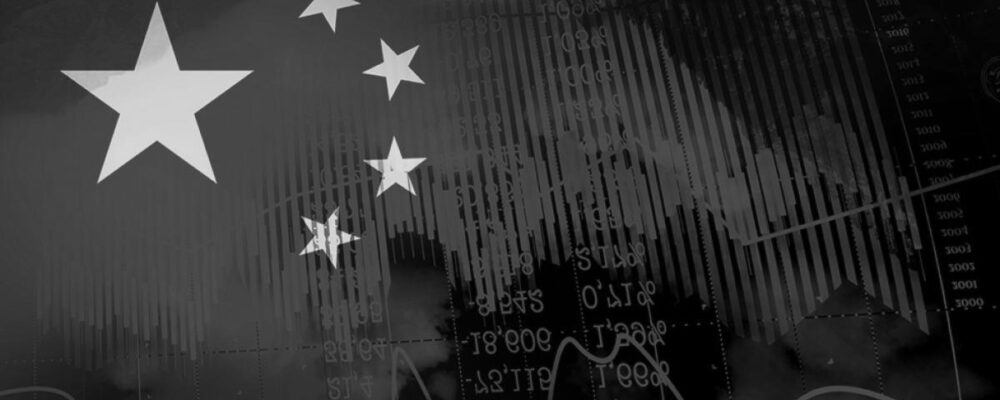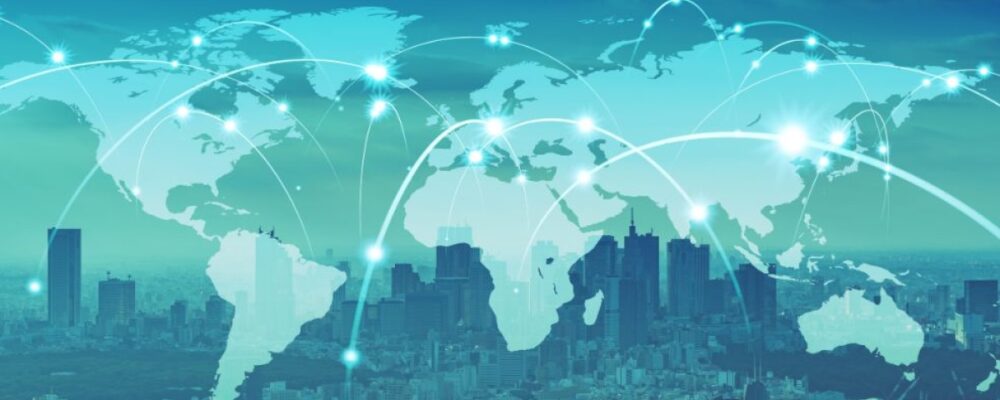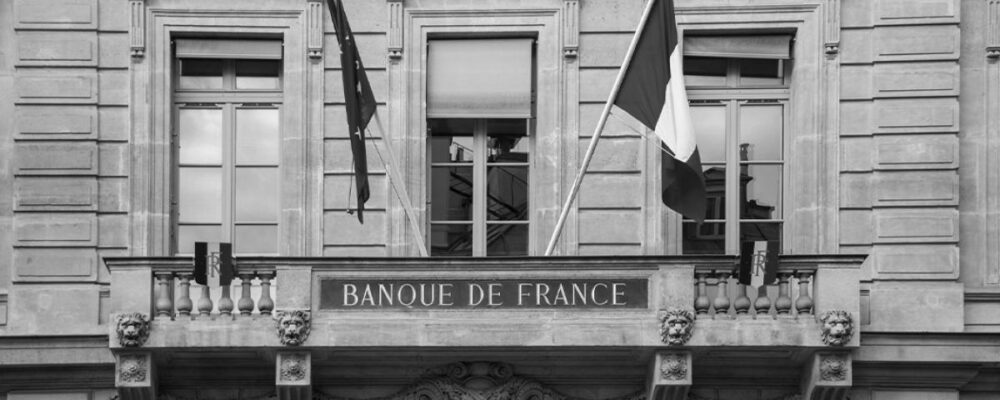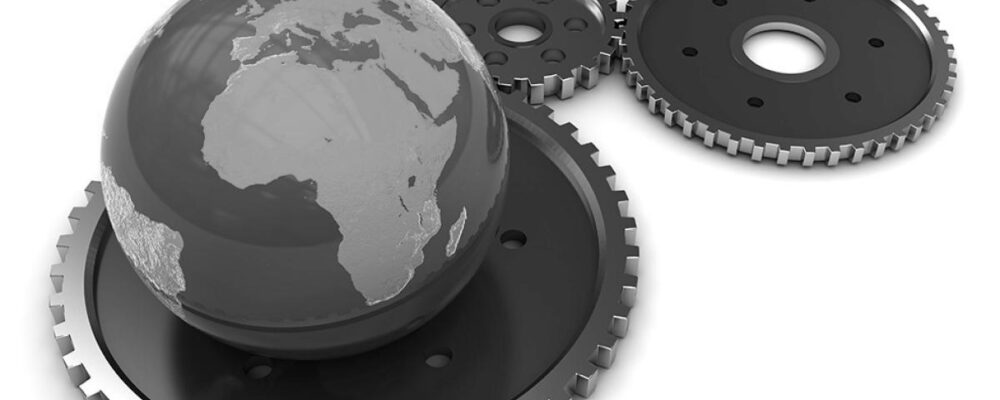In September, the governor of China’s central bank was first to announce a series of monetary easing measures, triggering high levels of market volatility as initial enthusiasm about the eagerly awaited response from the authorities gave way to disappointment over the lack of a fiscal component. The measures announced, mainly targeted at the real estate sector, included a cut in the reserve requirement ratio for banks, a reduction in residential mortgage rates (on both existing and new loans), a cut in the central bank’s key interest rate and the creation of a fund to help listed companies buy back their own shares to support their valuations.
This time around, announcements focused on local authorities, which epitomise many of the aberrations inherent in China’s growth model. Forced to compete with one another by a Communist Party that puts future decision-makers to the test by giving them more and more responsibility at the provincial level, local authorities have been incentivised to invest huge amounts – including during cyclical slowdowns such as in 2009 and 2015 – to develop infrastructure, sometimes in an uncoordinated fashion, and to support state-owned companies that are not always profitable. Above all, they have been complicit in the real estate model, securing their slice of the speculative pie. Since local authorities derive a large proportion of their income from sales of land to developers, their revenue has fallen sharply over the past two years as the number of construction starts has slumped.
Local government debt – a “grey rhino” of which local authorities are well aware but which is increasingly hard to measure – was becoming a growing concern. Constrained by debt ceilings at odds with Beijing’s demands in terms of growth and infrastructure finance, China’s cities and provinces had increasingly made use of external financing vehicles, creating ad hoc structures to finance various types of infrastructure (roads, transportation, energy, etc.), some backed by state-owned companies and others not. As a result, it had become increasingly difficult to calculate total debt and, above all, to know who would be lender of last resort in the event of a default. The new measures are thus aimed at giving local authorities a bit more breathing room. They will be allowed to issue up to €780 billion-worth of bonds over three years so as to bring some of their hidden debt back onto their balance sheets. A further €520 billion – once again in the form of bond issues – has also been allocated to local authorities to finance new projects.
These announcements are good news for local government, which will regain some room for manoeuvre after several tough years. However, they do not tackle the structural problems inherent in the Chinese economy, which lie behind this excessive local government debt. Market reaction to the announcements has been rather tepid – at any rate much more so than after the September and October announcements. But the authorities have not ruled out the possibility of further measures and are no doubt also keen to maintain some room for manoeuvre.
Trump: the calm before the storm
Indeed, there were rumblings that the dates of the Politburo’s Standing Committee meetings and the date of the announcement were not chosen arbitrarily, and that the Chinese authorities were waiting for the outcome of the US election so they could adjust the amount of stimulus accordingly.
While the authorities might be glad about Donald Trump’s return to power from a geopolitical perspective, his economic programme could, if implemented, considerably destabilise the Chinese economy. The initial raft of nominees to the coming Trump administration offer little reassurance. Marco Rubio is tapped to become Secretary of State (America’s chief diplomat, equivalent to France’s Minister for Foreign Affairs).
Rubio is well known for his very tough stance on China – a stance he held long before the issue moved high up the agenda in Washington. During Trump’s first term, it was Rubio who defended the rationale for a subsidised US policy better equipped to compete with the Chinese economy, laying the groundwork for what would become the Inflation Reduction Act and the CHIPS Act. Rubio is also behind a bill aimed at blocking imports of Chinese goods produced using forced labour and another aimed at controlling the spread of batteries that use Chinese technology.
Similarly, the nomination of Robert Lighthizer, who could be asked to once again serve as US Trade Representative, would be very bad news for China. It was Lighthizer who introduced the first measures raising import tariffs on Chinese products and negotiated the Phase One agreement with China.
At last week’s China International Import Expo in Shanghai, Premier Li Qiang defended international trade and spoke out against protectionism; he also said China would be willing to open up more to foreign investment and enter into new free trade agreements.
It must be said that the prospect of 60% tariffs on all exports (compared with a current average of 17%, on around 6% of products) would be disastrous for China’s export sector, especially if such tariffs also came with tighter controls on the value-added content of goods exported by third countries (particularly Mexico and Vietnam – see article “Asie – Trump 2.0, ou l’ère de la grande incertitude commerciale”, published 8 November 2024).
And China cannot really be said to have honoured its commitments under the Phase One agreement, buying far less than the additional $200 billion of US exports it undertook to purchase over two years. While the US’s bilateral trade deficit with China has shrunk, the same can certainly not be said of the total deficit or the true extent of America’s reliance on Chinese inputs, which is probably unchanged. This will give the new Trump administration ammunition to adopt an even tougher stance than during the first trade war.
How much leeway does China have?
In reality, not much. The Chinese authorities will want to do everything they can to avoid such an outcome, which will mean negotiating as much as possible with the Trump administration ahead of time. If the threatened import tariffs are indeed put in place, China could react in a number of ways.
The riskiest option would be to adjust the exchange rate so that higher import tariffs are partly absorbed by improved price competitiveness. This is what happened after Trump hiked import tariffs during his first term. The yuan depreciated, triggering the ire of Donald Trump, who was already accusing China of currency manipulation. If this were to reoccur, especially at a time when the Chinese currency is already historically cheap – cheaper than it was over the period 2018-2020, the US could put China back on its currency manipulator list, which would expose it to fresh sanctions.
Another option would be to retaliate by imposing tit-for-tat import tariffs on US products. This is something China also did between 2018 and 2020. But expanding and hiking import tariffs, notably on agricultural products, would be an inflationary move in an environment where household consumption is already sluggish and companies have accepted – or been forced to accept – a substantial squeeze on their profits and margins. It’s also hard to imagine China committing to increase imports of US products: which products? And in response to what demand?
With this latest package, the Chinese authorities have essentially recognised the prevailing reality, acknowledging that provincial debt levels were becoming a problem that risked severely destabilising the Chinese economy. This time around, the approach has been more flexible than that adopted for property developers, who were subjected to red lines (on liquidity and solvency) that prevented them from renewing their borrowing facilities and ultimately precipitated the real estate crisis. As generous as the amounts involved are ($1.4 trillion), they remain paltry compared with the accumulated stock of hidden debt, estimated by the IMF at $8.4 trillion, equivalent to just under 50% of GDP.
Above all, the new package does not address the country’s structural problems. What can be done to provide the provinces with new sources of income when land sales will probably never return to pre-crisis levels? How can capital allocation be improved when funds tend to disproportionately support state-owned enterprises, sometimes kept alive as zombie companies? What can be done to limit competition and foster cooperation between provinces so as to optimise infrastructure construction and avoid creating stranded assets, particularly in the area of energy (solar panels, coal-fired power stations)? And lastly, but perhaps most importantly, how can the authorities be sure this package goes far enough to re-instil the necessary confidence in households still cautious about spending? Singles’ Day – China’s equivalent of Black Friday – this year highlighted the intensity of the price war being waged by Chinese retailers desperate to move their stock at any cost. Tellingly, even Apple is giving discounts on its latest iPhone model, while French luxury leather and cosmetics brands are reporting a downturn in the Chinese market after years of exponential growth.
Against this backdrop, Trump’s return to office will be a further challenge. Over the past four years, China’s economic model has become even more reliant on foreign trade, which serves to offset weakness in its domestic market. The introduction of fresh import tariffs would be a major blow to Chinese industry, which is already wrestling with overcapacity issues. The odds are that China will seek to negotiate with the new administration to avoid a trade war. It remains to be seen what concessions it might be willing to make.
“Crédit Agricole Group, sometimes called La banque verte due to its historical ties to farming, is a French international banking group and the world’s largest cooperative financial institution. It is France’s second-largest bank, after BNP Paribas, as well as the third largest in Europe and tenth largest in the world.”
Please visit the firm link to site


